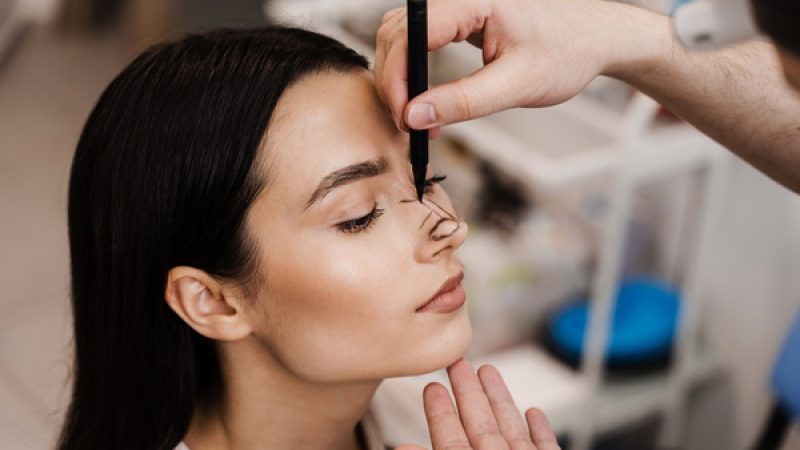Rhinoplasty
What is Rhinoplasty ?
Rhinoplasty, commonly known as a “nose job,” is a surgical procedure aimed at altering the shape, size, and appearance of the nose. It is performed by plastic surgeons who specialize in facial plastic surgery. The goal of rhinoplasty can be both cosmetic and functional, as it can improve both the appearance and functionality of the nose, such as correcting breathing difficulties or congenital defects.

Benefits of Rhinoplasty
- Enhanced facial harmony and symmetry
- Improved self-confidence and overall appearance
- Correction of structural abnormalities that impede breathing
- Addressing congenital defects, trauma-related injuries, or age-related changes
- Restoration of nasal aesthetics and function
Book an Appointment
Risks of Rhinoplasty
- Bleeding and infection
- Adverse reaction to anesthesia
- Asymmetry or persistent swelling
- Numbness or changes in sensation
- Dissatisfaction with the results
Preparation for Rhinoplasty
Preparation for rhinoplasty begins with a comprehensive consultation with a board-certified plastic surgeon. During this consultation, the surgeon evaluates the patient’s nasal anatomy, discusses their aesthetic goals, and outlines the surgical plan. Patients may be advised to discontinue certain medications, such as blood thinners, and refrain from smoking to reduce the risk of complications. It is essential to maintain realistic expectations and communicate openly with the surgeon about concerns and desired outcomes.
During the Operation
On the day of the surgery, patients undergo general anesthesia or local anesthesia with sedation, depending on the complexity of the procedure. The surgeon follows the pre-determined surgical plan, reshaping the nasal structures, including the bone, cartilage, and soft tissue. In open rhinoplasty, the surgeon lifts the nasal skin to access the underlying structures, while closed rhinoplasty involves internal incisions. The procedure typically takes several hours to complete, after which the patient is monitored in the recovery room before being discharged home.
After the Operation
Following rhinoplasty, patients may experience temporary discomfort, swelling, bruising, and congestion. Pain medications and cold compresses can help alleviate discomfort and reduce swelling. It is essential to follow the post-operative instructions provided by the surgeon, including keeping the head elevated, avoiding strenuous activities, and attending follow-up appointments. Nasal splints or packing may be placed temporarily to support the nose and facilitate healing. Most patients can resume light activities within a week, but full recovery and final results may take several weeks to months.
Results of Rhinoplasty
The results of rhinoplasty are gradual and continue to improve as swelling subsides and tissues settle. While initial improvements are visible within the first few weeks, final results may take up to a year to fully manifest. A well-executed rhinoplasty can enhance facial aesthetics, improve nasal symmetry, and address functional concerns, leading to increased confidence and satisfaction with one’s appearance. However, patients need to have realistic expectations and understand that individual healing and outcomes may vary.
Schedule Your Appointment Today
Ready to enhance your facial harmony with rhinoplasty? Contact us today to schedule your personalized consultation with our skilled plastic surgeons. Let us help you achieve the look you’ve always wanted. Start your journey to a refined and balanced profile by booking your appointment now!
